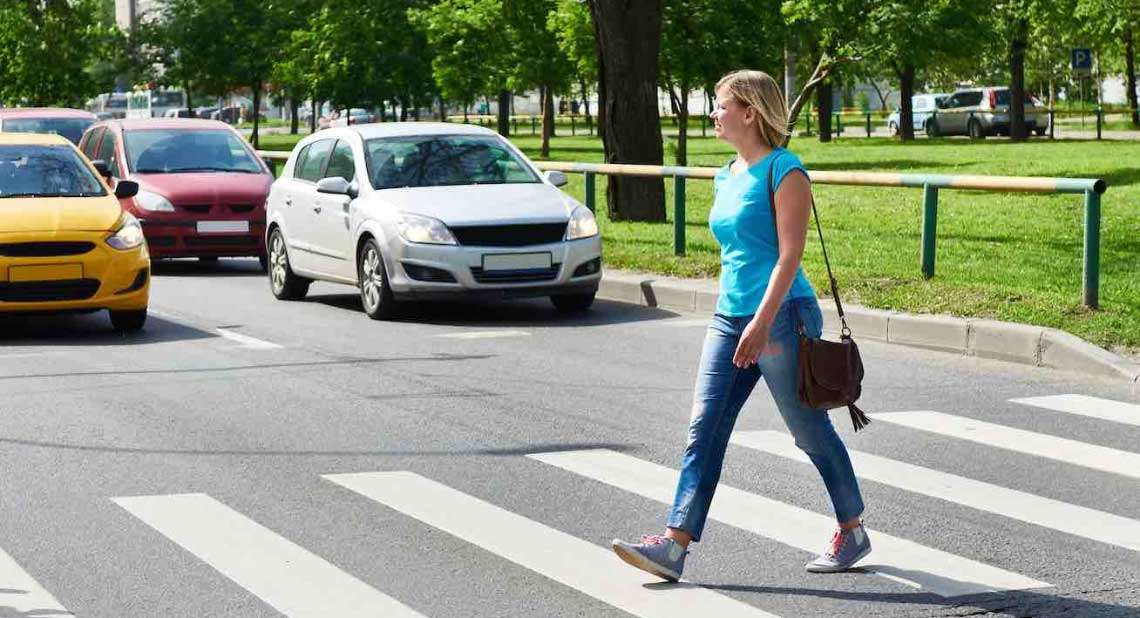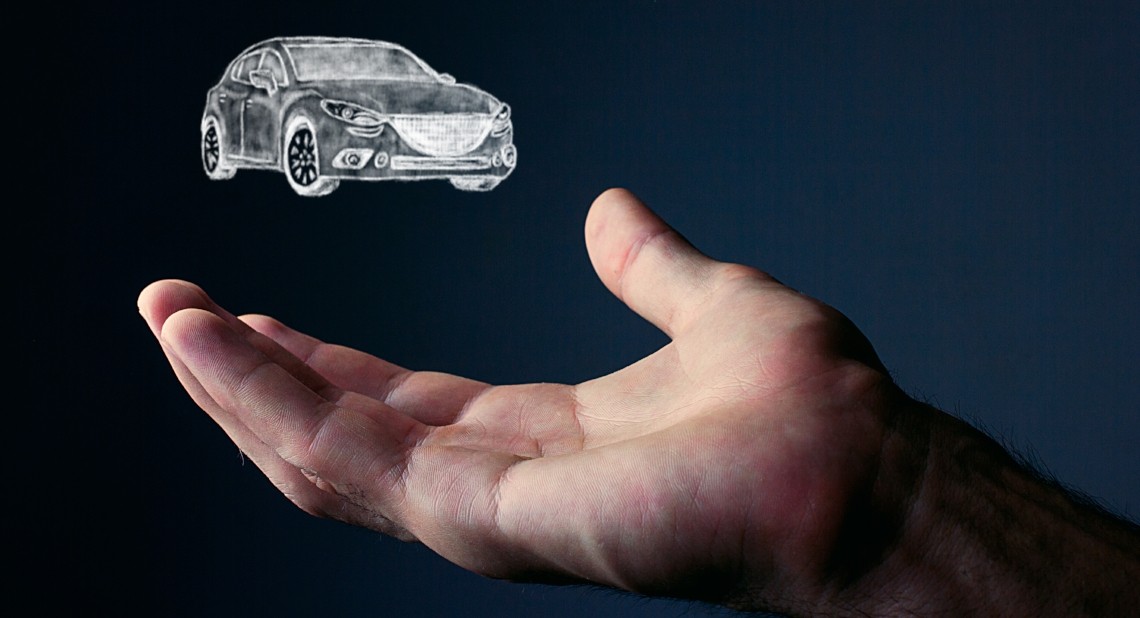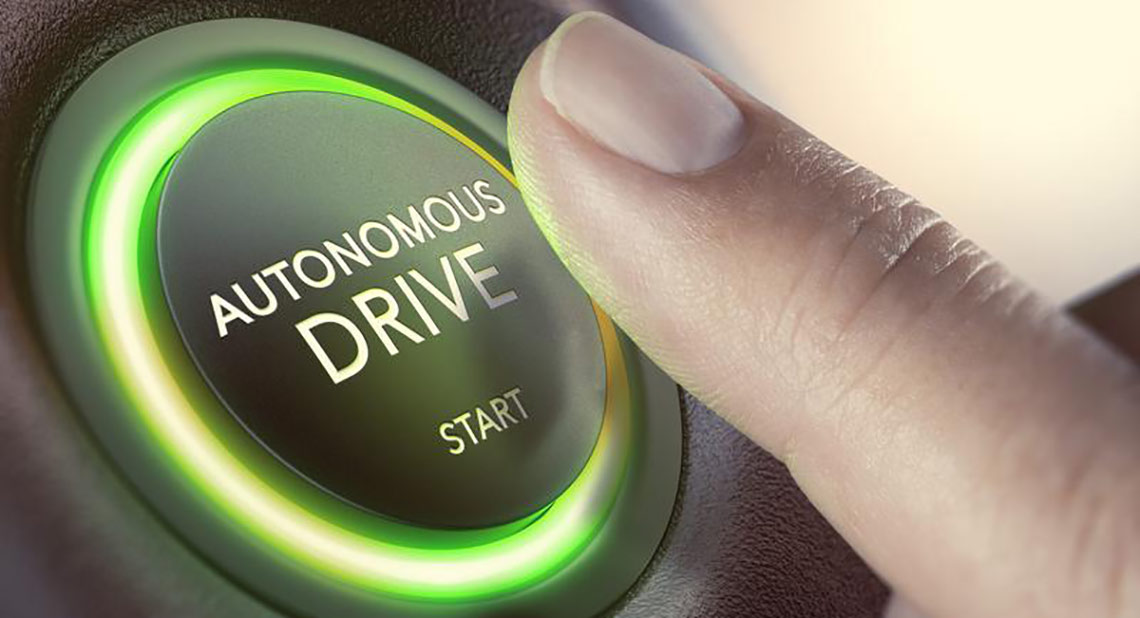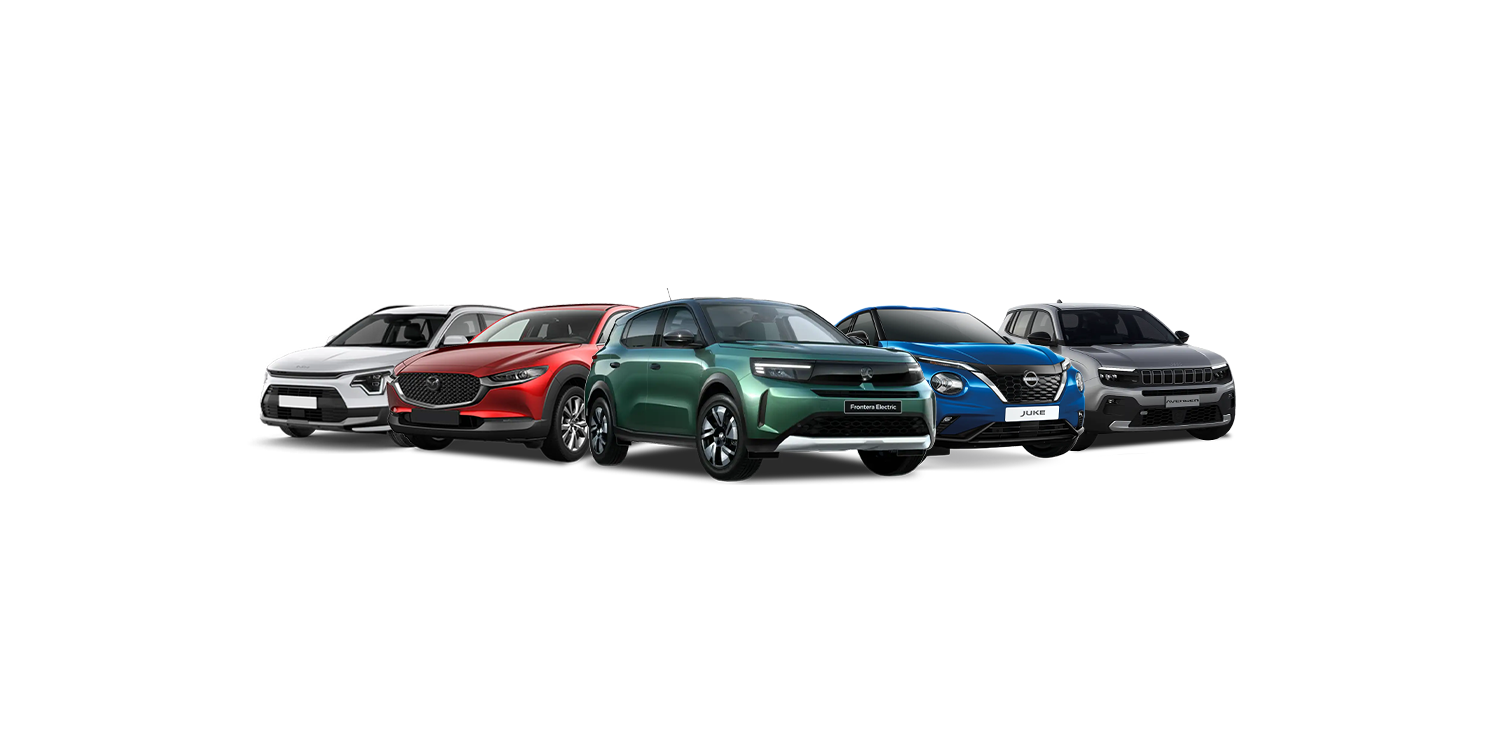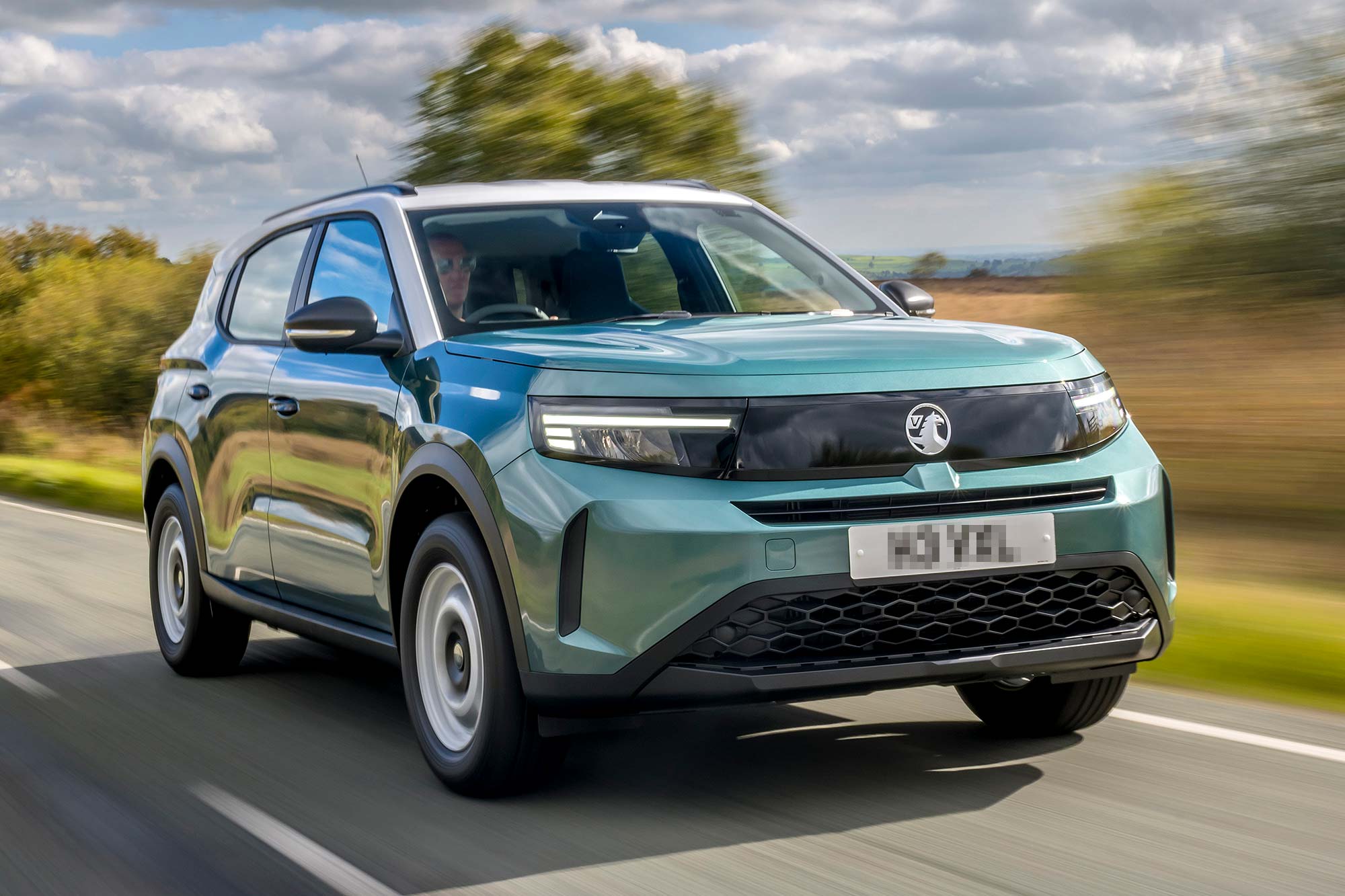With an ever increasing number of cars on the roads, manufacturers are employing inventive and clever technology to help keep drivers, passengers and pedestrians safe. Anti-lock brakes, traction control, and improvements in tyres and car construction have all played their parts, but the current big push forward in safety is around cars being able to sense and prevent a collision.
How it works
This new technology involves cars being fitted with sensors so that the car’s computer can perceive an alert or act on something on the road. Of course, there are almost always things in the road ahead of a car, such as other cars moving at the same speed or things that are at the side of the road, that are no risk.
The technology is able to understand the difference between a stationary object in the road and a moving one. It can also understand the speed it is approaching at and decide if there is a risk of collision. What these systems do after detecting a collision can vary from an alarm, to completely taking over the braking system and actively stopping the car for the driver.
What sort of collision avoidance technology is available?
A collision does not always happen at high speed and many people have had collision warning systems for years. Parking sensors probably prevent more collisions than any other technology by helping people park without bumping into other cars. They use high-frequency sound waves emitted by the car and are picked up again by sensors to judge the distance of an object. The clever part is that the car only turns these sensors on when you are parking, rather than having them on all the time.
High-speed collision detection
For more high-speed collision warning, radars are used to alert the car’s software (although lasers are also used in some rare cases). A radar unit is placed at the front of the car that is able to sense not only an object in the road ahead but also the approach speed and distance. The computer will quickly calculate the likelihood of a crash and if it exceeds a stated threshold, the car will act via alerts or braking.
Pedestrian detection
There are also some interesting developments in detecting pedestrians, especially at night. This tech is still relatively new, but sensors and cameras are used together to create a picture that the car can understand and interpret to let the driver know about potential dangers. One example would be someone walking a dog on the road at night without a light, the car would be able to perceive this before the driver, and alert them accordingly.
Automatic Emergency Braking (AEB)
A rear end crash is probably the most common type of collision and alert systems are heavily focused on this type of crash. Radar sensors may sound an alarm but AEB (Autonomous Emergency Braking) systems take it a step further and do all the braking for you. AEB systems normally use an alarm as the first option before then taking over control of the braking. One important factor is if an impact is unavoidable, the AEB system may only step in to take some of the speed off rather than try to stop when it simply isn’t possible. This can be the safest option as losing control and skidding into a collision may be worse.
How can you trust these systems?
Ultimately there is no substitute for being alert and aware of your surroundings and any potential hazards while driving. That being said, this kind of technology can certainly help. While we should all make every effort to drive safely, sometimes our eyes may be drawn to something else on the road and, in that split second, a car may slow down rapidly on the road ahead. Having a warning system and even a system that can brake for you is certainly a positive development. As with all technology, it should not be relied upon as a substitute for diligence, but it can certainly be trusted to support us on the odd occasion we may need it.
The future
While collision warning systems and auto braking systems are certainly saving lives and helping to make our roads safer, they are all ultimately a precursor to the ultimate safety feature – the autonomous car. Early experiments in self-driving cars have not always gone well, but the technology will arrive and one day, the option of being driven by your car will be a very real one. The sensors being used today will increase in ability as will the computers using them to the point where it won’t be just about avoiding a crash, it will be about driving us from one place to another without us having any input at all.
Related articles
Self-driving car fleets ‘will have human back-up’
How Advanced Driver Assistance Systems (ADAS) can help drivers with disabilities
![]()
